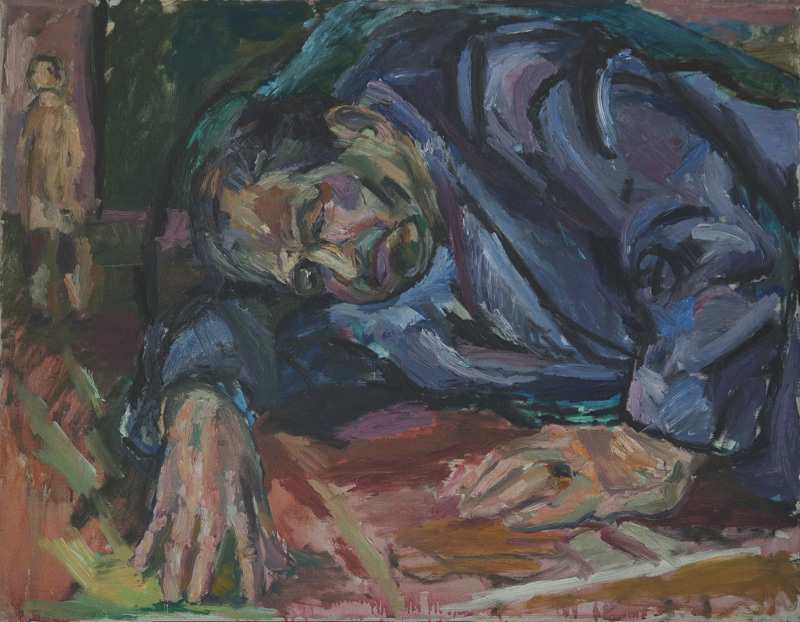Preview: Albert Adams Exhibition
Bernadette Hyland looks at the life of South African artist Albert Adams as his work goes on display in Oldham
Albert Adams was one of the most important expressionist painters to come out of South Africa in the 20th century. But he is not without a strong link to North West England thanks to a friendship forged when he met Salford-born Harold Riley when they were both students in London. Ted Glennon, Adams’s long-term partner, explains: “Riley asked Adams what he was doing for Christmas, which was Albert’s first in the UK. When Albert replied that he would be staying in his university room in London, Riley decided to take him home and show him a warm, northern Xmas. Albert never forgot that and that is why he wanted some of his collection to be given to Salford.”
In fact, Adams bequeathed more than 70 paintings and artefacts to the University of Salford, a selection of which is now being exhibited at Gallery Oldham.
Born in Johannesburg in 1929, Adams’s life was inevitably dominated by apartheid. His father was from India and his mother was of mixed race. When he was four his parents separated and he moved to Cape Town with his mother and sister.
At school Adams excelled at drawing and his teachers encouraged him to concentrate on art as a subject. Yet the colour bar at the University of Cape Town meant that he was rejected as a student so he went to work as a sign writer and found alternative art classes at a local school.
Adams became involved in the anti-apartheid movement and, after being arrested twice, decided to leave the country. In 1953 he enrolled in the Slade School of Art in London and went on to win scholarships to Munich and Salzburg where he studied under the leading expressionist artist Oskar Kokoschka. Adams and Kokoschka became close friends.
In 1959 he returned to Cape Town and held his first exhibition. It was at this time he produced South Africa 1959, a work that became known as the Guernica of South Africa. Many people believe it is one of the most important works by a South African artist of the 20th century. The worsening political situation forced him to leave South Africa in 1960 and move back to London where he taught and painted for the rest of his life.
The exhibiton at Gallery Oldham includes paintings, drawings and prints from the 1959 collection. In his work Adams explores what apartheid means, as well as wider issues of justice and the abuse of power. He summed up his own feelings about his experiences, once stating: “I think the most difficult question to be answered by anyone is ‘Who am I?’ I have never regarded myself as an exile, although South African-born and raised. I was a second class citizen who never felt South African.”
In later years other conflicts, including Iraq and Afghanistan, featured in his work. At Oldham one of his drawings, Iraq, Abu Ghraib, is exhibited. It shows Adams’s views on the misery of war, a war that he marched against in 2003. In 2004, ten years after the end of apartheid, Adams was still influenced by his youth in South Africa and was quoted as saying: “My work is based on my experience of South Africa as a vast and terrifying prison – an experience which even now, after a decade of democracy, still haunts me.”
Adams died in 2006. Since his death there has been a growing interest in his life and work. On 1 February, Glennon will be speaking about the exhibition.
Albert Adams Exhibition; Gallery Oldham 30 November-19 April

Leave a reply
Your email address will not be published.